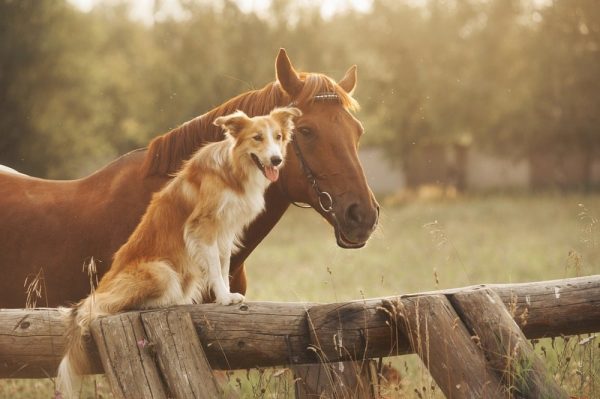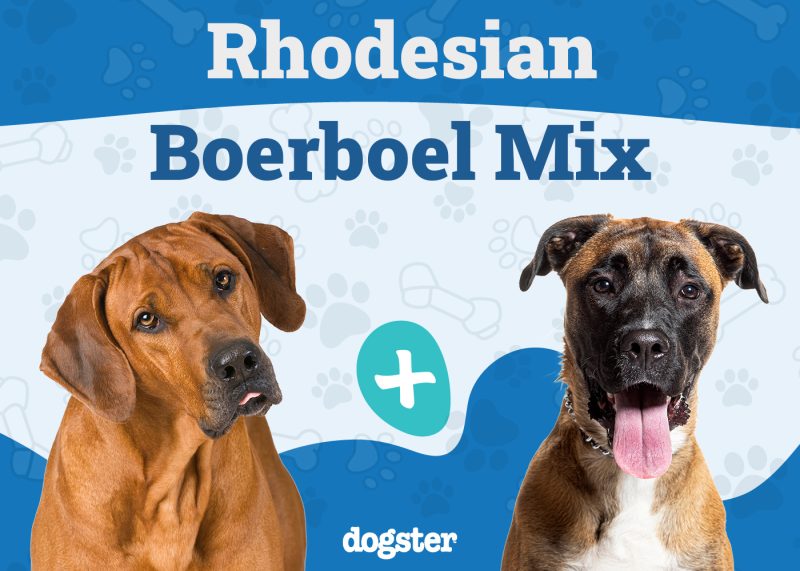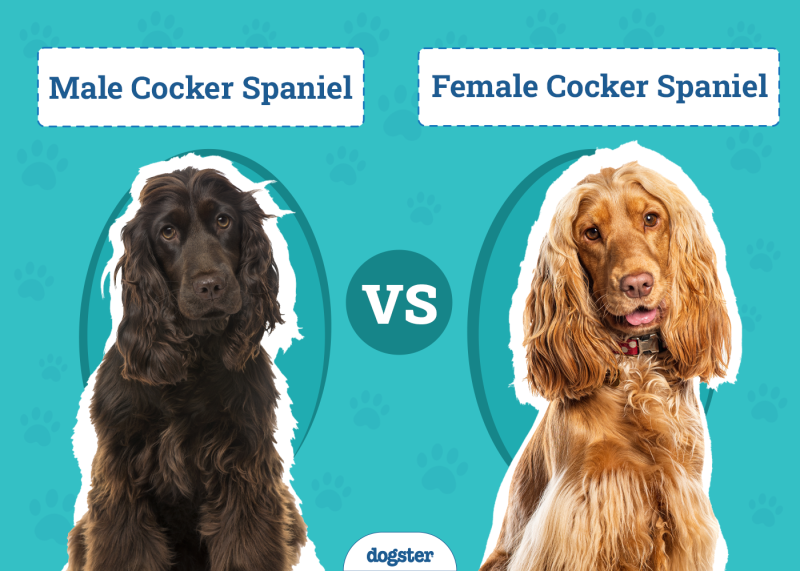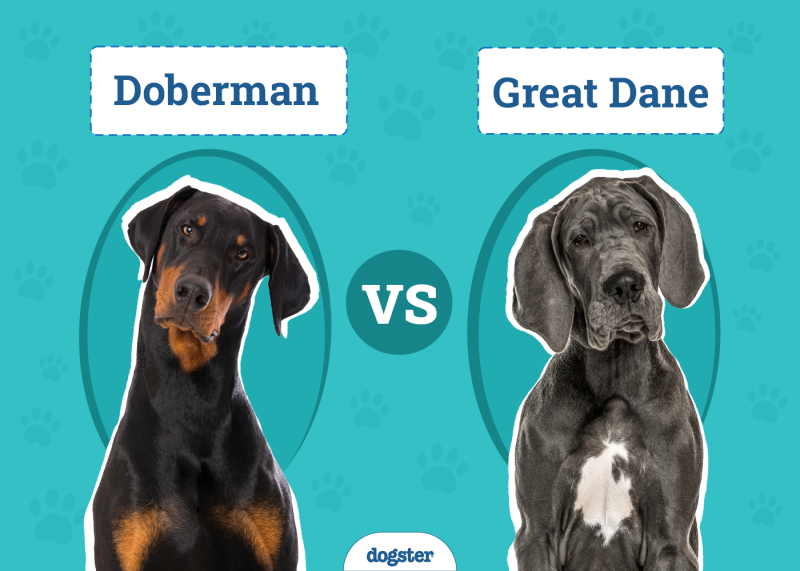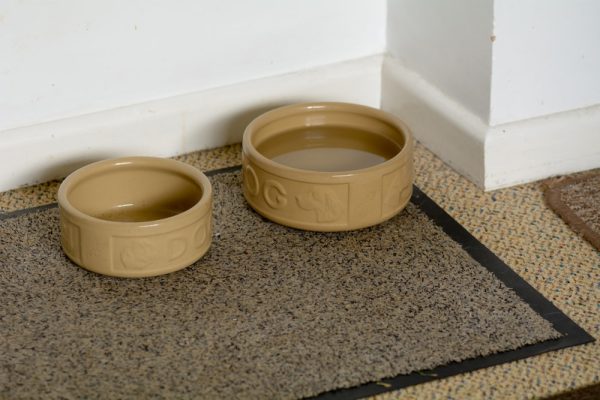In this article
View 2 More +Golden Retrievers are famous for their long golden coats, but did you know they actually come in different colors? What’s interesting about these dogs is that if you’re keen on having your dog recognized by a specific club or organization, you will find that some colors are permissible by certain organizations but not others.
Let’s take a closer look at the three common Golden Retriever colors.

The 3 Common Golden Retriever Color Types
1. Light Gold or Cream

The lightest Golden Retriever color is cream. Cream-colored Golden Retrievers are sometimes referred to as English Cream Golden Retrievers. However, they aren’t a separate breed of the Golden Retriever, and contrary to popular belief, they do not originate from England.
Interestingly, only the European Kennel clubs actually designate this color of Golden Retrievers as “cream”. The AKC does not have a designation for this color variant. This is primarily because this color variant is uncommon in the United States; most Golden Retrievers in the US follow their namesake color.
Other than color, cream-colored Golden Retrievers and their “normal” golden counterparts have a few minor differences. Perhaps the most interesting difference is that the clubs or registries that designate a cream color have different height requirements for the entire breed. American standards often call for a slightly taller dog and don’t have a designated “cream” color.
2. Gold

In the US, Gold is the most common of the Golden Retriever colors. There isn’t much difference between them and their cream-colored counterparts in terms of personality, trainability, sociability, and health conditions to be mindful of. As such, the selling points for this color variant are a personal preference or for the purpose of your pet being registered in kennel clubs in the US.
3. Red

The darkest color of the Golden Retriever is red. Red Golden Retrievers aren’t preferable as show dogs in the U.S. or the U.K., but that doesn’t mean they aren’t wonderful pets!
While this color of Golden Retriever is referred to as “red” by some, they cannot be registered as having the color “red” for AKC recognition purposes. This is because, like the cream color, the AKC hasn’t yet designated a red color for the Golden Retriever breed. Instead, these dogs are often registered as “dark gold.”
This also means that the color “red” is open to interpretation and not an official designation.
There isn’t any quantifiable difference between Red Golden Retrievers and the “normal” Golden Retrievers beyond a slightly darker coat color.

Colors That Golden Retrievers Don’t Come in
Hypothetically speaking, Golden Retrievers crossbred with other breeds could be found in just about any color a dog could possess (depending on the cross). Furthermore, as most kennel clubs have guidelines that penalize or disqualify certain colors, this also means that those colors are possible (albeit not show-worthy).
- A liver colored dog would never have any black hair in their coat. This is because the gene that causes the liver color is a recessive form of the color black. In dogs, the locus “B” denotes black. From a genetic point of view, a BB or Bb dog would have normal black pigment. Only a bb dog would have a liver color.
- Likewise, a black or blue dog would not have any liver-colored hair in their coat
Does Color Matter?
The truth about coat color is that it’s the last thing that you should think about when choosing a pet. Your primary goal is to obtain a dog or puppy that is healthy and has a personality that will mesh well in your household. This should also be the goal of any reputable breeder.
The only circumstance where you may want to consider the color of your Golden Retriever is if you intend to use them as a show dog.

Conclusion
Golden Retrievers come in three primary colors: cream, gold, and red. Gold is unsurprisingly the most common of the Golden Retriever colors, and red is the least common. Remember that not all kennel clubs or registries recognize every color when it comes to this breed. If you’re looking for a show dog, you should be mindful of this. If, however, you are looking for a working dog or just a loveable companion, the color of your dog’s coat wouldn’t matter from a health perspective.
See also:
- Best Puppy Foods in Canada – Reviews & Top Picks
- How To Clean a Golden Retriever’s Ears: Step-by-Step Guide
Featured Image Credit: Rala3030, Shutterstock



